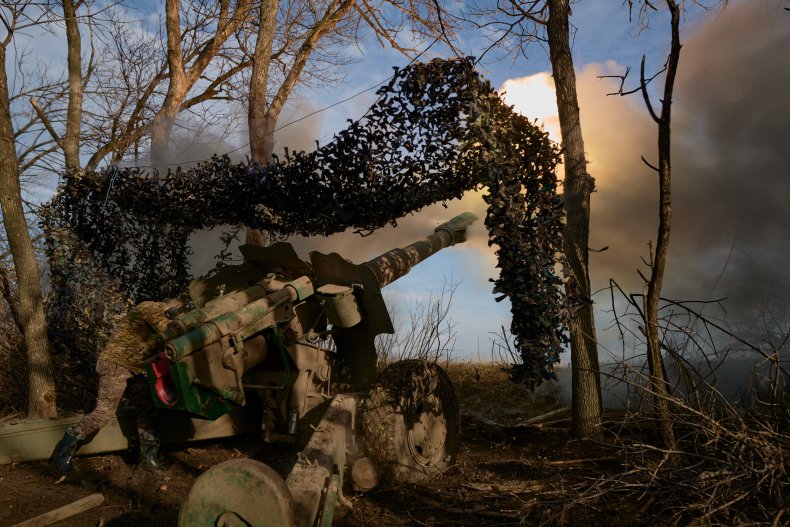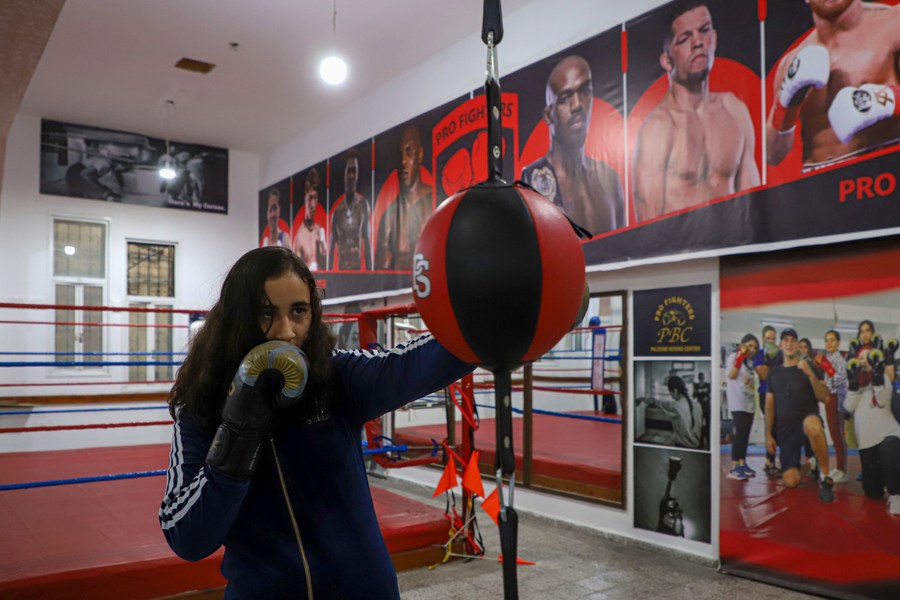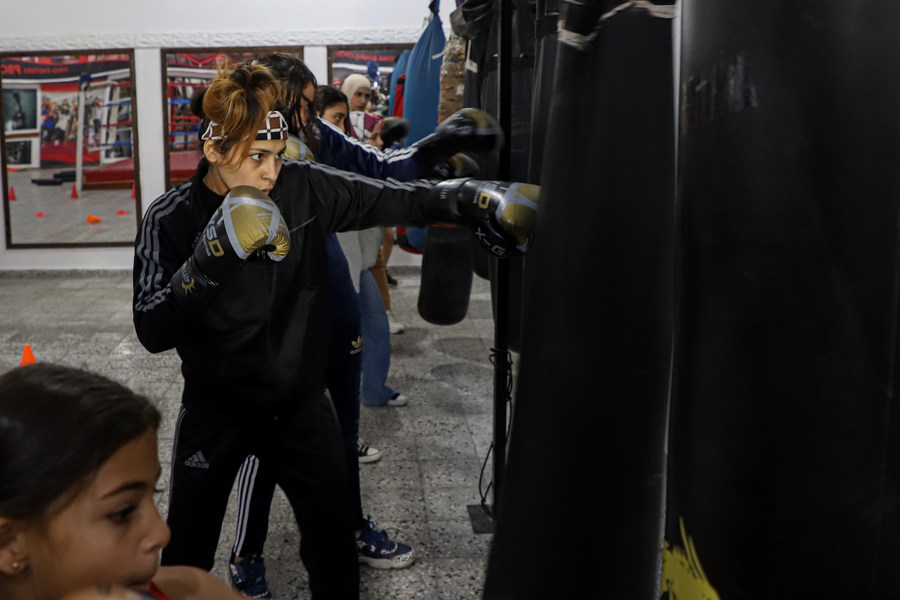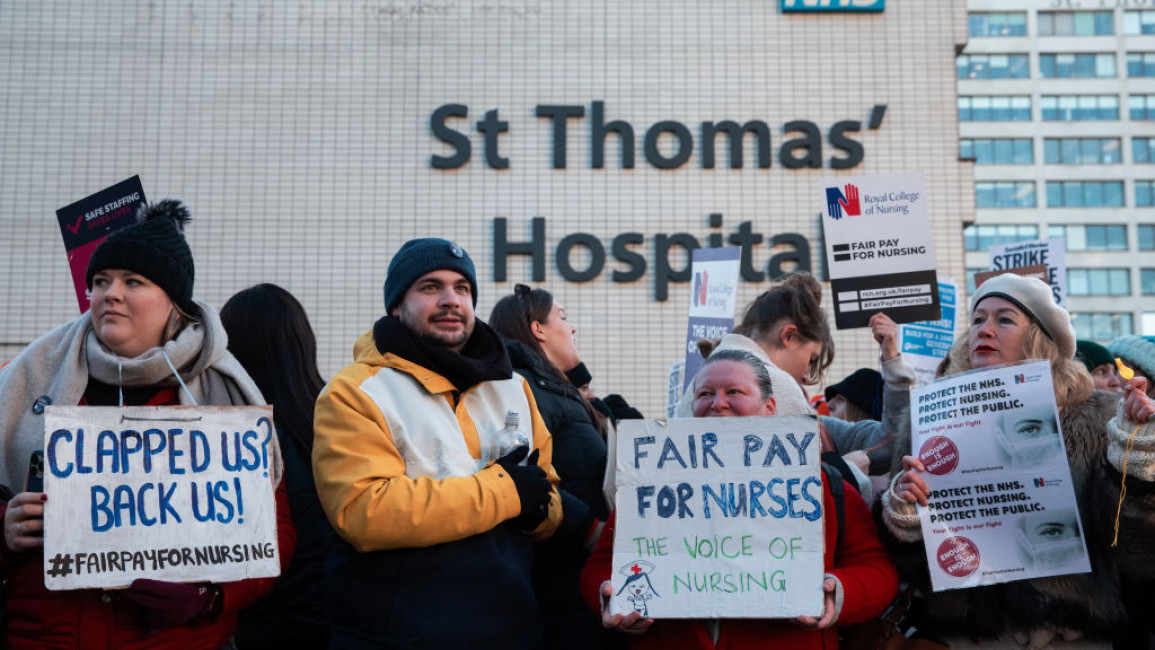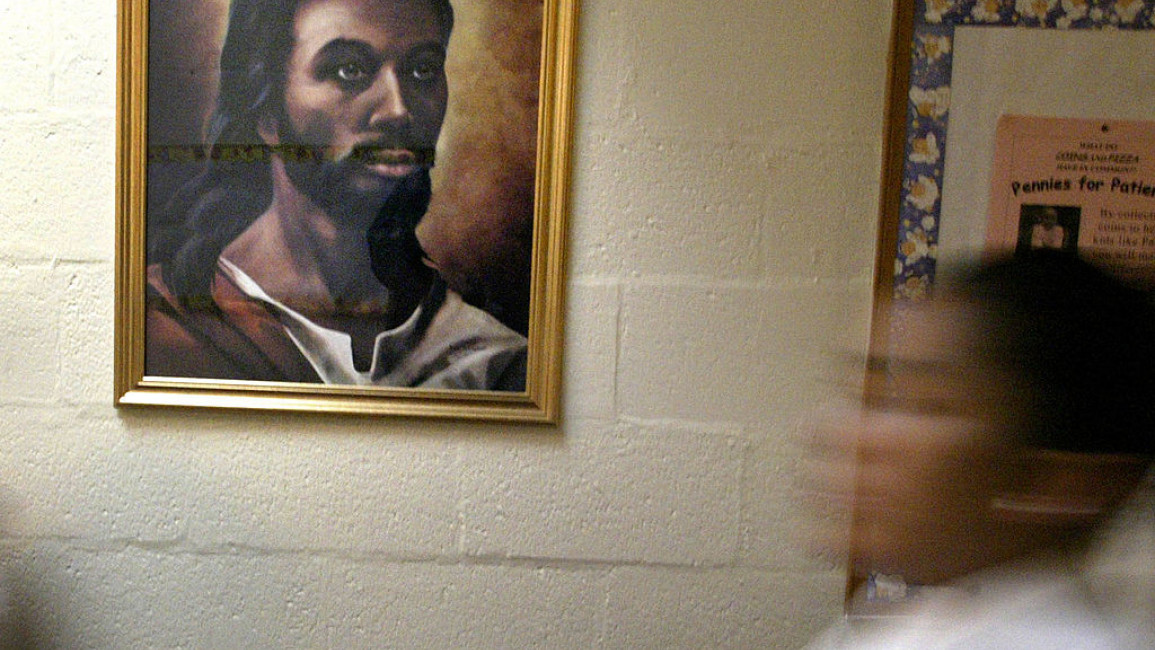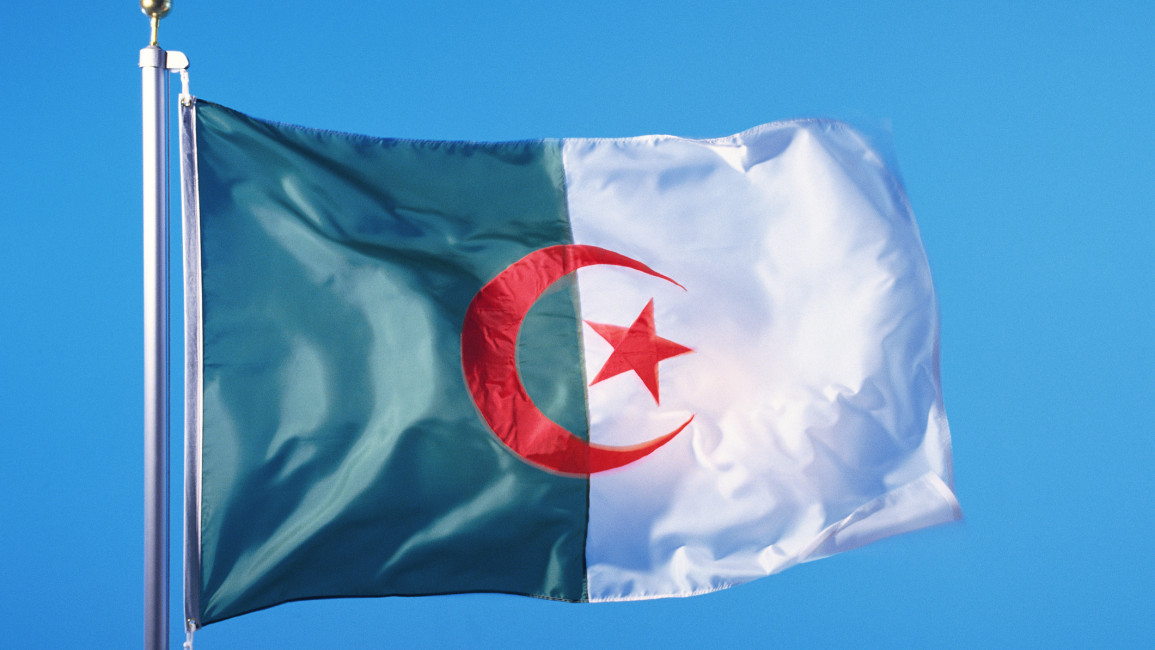UK
Former Conservative deputy prime minister calls for higher wages for care workersStory by Kate Devlin • Yesterday
Former Conservative deputy prime minister Damian Green has called for care workers to be paid more, intensifying pressure on Rishi Sunak as the government tries to hold firm on public sector wages.
Nurses strike: Union leader urges government to 'do the decent thing'Duration 1:51 View on Watch
The prime minister is already facing demands from a number of Tory MPs to increase nurses’ salaries and bring an increasingly bitter strike to a halt.
But Mr Sunak has pledged he will hold out, for months if need be, for fear of increasing inflation.
IF HE APPLIED A WINDFALL TAX INFLATION WOULD BE UNDER CONTROL

Former deputy PM Damian Green warns that care workers could be lost to other sectors (PA)© Provided by The Independent
Britons famously clapped for care workers as well as nurses on doorsteps up and down the country during the pandemic.
But supporters of those who work in the sector say they have become the forgotten face of care during Covid.
Now Mr Green, who was de facto deputy prime minister under Theresa May, has cautioned that care workers have to be paid more or the UK will lose them to other sectors. He warned of an acute problem with recruitment and retention at a time when the country needs more care workers to deal with an increasingly elderly population.
The workforce needs to grow by 100,000, said Mr Green, and “to achieve that, it needs to be better paid and have a higher status”. He added: “We need more care workers, whether they come from abroad or whether they are homegrown. And when we get them, we need to keep them.”
He also warned that parts of the public sector are cannibalising each other, with care workers being lost to the NHS.
“The way to [keep care workers] is to have salary parity with the NHS, otherwise you will end up losing care workers to the NHS,” he said. “If you’re doing the same job in the social care sector as in the NHS, then straightforwardly many will decide to move to the NHS.”

Mr Green says the country needs more care workers, whether ‘homegrown’ or from overseas (PA Archive)© Provided by The Independent
A new report titled Unfair To Care, by Community Integrated Care, one of Britain’s biggest social care charities, estimates that many care workers would be paid up to 42 per cent more per year for equivalent positions within the NHS.
There are thought to be more than a million care workers in the UK, but last year there were 165,000 vacant posts. Simon Bottery, from think tank The King’s Fund, said there is a “genuine recruitment crisis” in adult social care.
“While better pay is not the only factor, it is essential to attract and retain staff,” he said. His research found that, while a decade ago shopworkers and cleaners were paid less than care workers, by 2018-19 they were being paid more.
PIG HEADED UPPER CLASS TWIT

Prime minister Rishi Sunak says the government has acted fairly on public sector pay
(PA Wire)© Provided by The Independent
Megan Fisher, from one of the UK’s largest unions, the GMB, called for care workers to be paid £15 an hour, which she said is “the least they deserve”, adding: “The government should act to make this happen.”
Liz Kendall, Labour’s shadow minister for care, said that without staff “millions will continue to go without care” and that the problem would also have a knock-on effect on the NHS, where hospital beds are filled by patients who cannot leave because there are no carers available to support them at home.
Mr Green also said that providing suitable housing and improving technology could create years of “healthy life”. If everyone had just one extra year, the NHS and care system would save £60bn, he said. In addition, he suggested that more American-style retirement homes or sheltered housing could help to ease the housing crisis.
“A lot of these retired people will want to live a top-of-the-range lifestyle but move into somewhere smaller. As a country, we build far too few of these houses for older people, where there are doctors and nurses on site or regularly visiting. This would free up the whole housing ladder, allowing younger people to get a foot on the ladder.”
Mr Green also warned that the system is not making enough use of technology, such as smart fridges and electronic medicine dispensers, which could help older people to stay in their own homes for months or even years longer.
“There seems to be no concerted effort to enable people to live in their own homes for longer,” he said. “There’s not enough of a national push to see what technology is out there, to see what could be used.”
As they try to attract more care workers, ministers are investing £15m to increase international recruitment and have launched a domestic advertising campaign under the slogan “Made with Care”.
A Department of Health and Social Care spokesperson said ministers are “incredibly grateful” to the social care workforce, and that they recognise their extraordinary commitment.
They said ministers had made up to £7.5bn available over the next two years to support social care services and discharge, which will help local authorities to address waiting lists, low fee rates, and workforce pressures within the sector.
From news to politics, travel to sport, culture to climate – The Independent has a host of free newsletters to suit your interests. To find the stories you want to read, and more, in your inbox, click here.
Megan Fisher, from one of the UK’s largest unions, the GMB, called for care workers to be paid £15 an hour, which she said is “the least they deserve”, adding: “The government should act to make this happen.”
Liz Kendall, Labour’s shadow minister for care, said that without staff “millions will continue to go without care” and that the problem would also have a knock-on effect on the NHS, where hospital beds are filled by patients who cannot leave because there are no carers available to support them at home.
Mr Green also said that providing suitable housing and improving technology could create years of “healthy life”. If everyone had just one extra year, the NHS and care system would save £60bn, he said. In addition, he suggested that more American-style retirement homes or sheltered housing could help to ease the housing crisis.
“A lot of these retired people will want to live a top-of-the-range lifestyle but move into somewhere smaller. As a country, we build far too few of these houses for older people, where there are doctors and nurses on site or regularly visiting. This would free up the whole housing ladder, allowing younger people to get a foot on the ladder.”
Mr Green also warned that the system is not making enough use of technology, such as smart fridges and electronic medicine dispensers, which could help older people to stay in their own homes for months or even years longer.
“There seems to be no concerted effort to enable people to live in their own homes for longer,” he said. “There’s not enough of a national push to see what technology is out there, to see what could be used.”
As they try to attract more care workers, ministers are investing £15m to increase international recruitment and have launched a domestic advertising campaign under the slogan “Made with Care”.
A Department of Health and Social Care spokesperson said ministers are “incredibly grateful” to the social care workforce, and that they recognise their extraordinary commitment.
They said ministers had made up to £7.5bn available over the next two years to support social care services and discharge, which will help local authorities to address waiting lists, low fee rates, and workforce pressures within the sector.
From news to politics, travel to sport, culture to climate – The Independent has a host of free newsletters to suit your interests. To find the stories you want to read, and more, in your inbox, click here.
